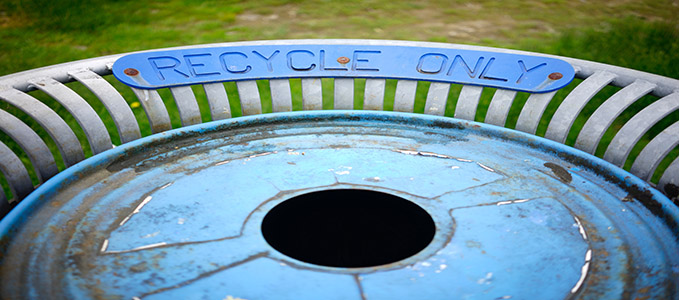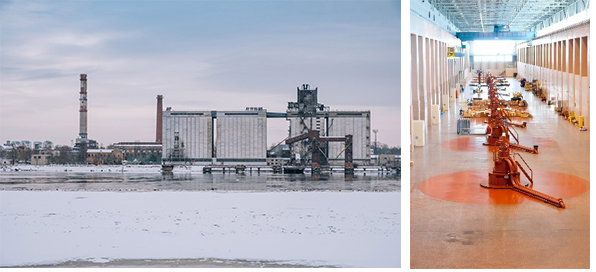CHINA AND THE ENVIRONMENT
CHINA AND THE ENVIRONMENT

China's internal momentum and external commitment to the environment are not recent. However, in 2015 the new environmental policy package was adopted and in the last two years, China's ambitious commitments have forced a major reform of the productive system in some sectors.
The new environmental policy, adopted in 2015, was institutionally presented worldwide at the United Nations Conference by President Xi Jinping's in Geneva in January 2017. The policy has been translated, in a short time, into a complex legislative framework that will be analyzed in a collection of articles that will begin this week.
We are glad to present the first of the four-part A&Z compilation of articles, which are targeted to the environment.
ENVIRONMENTAL POLICY IN CHINA
The environmental policy in China might be regarded as being an “innovative one.” However, the legal bases were established in the constitutional text of the People's Republic of China of 1978, article 11: “The State shall protect the environment and natural resources and carry out a preventive policy and elimination of pollution and other risks that affect the population.”
Nowadays, the environmental program forms part of Made in China 2025 (MIC). Plan which looks forward to implementing new policy guidance to achieve global dominance in 10 sectors, including, robotics, commercial aircraft, pharmaceuticals, and other strategic industries but also social and environmental challenges. MIC 2025’s government plan, targets local innovation objectives through the so-called “emerging strategic industries” included in the 13th Five-Year Plan (2016- 2020), implemented through the Science and Technology Plan and specific regional Development Plans. However, an adjustment of production methods and potential new investments, are mandatory requirements for industrial companies to comply with the complex regulatory framework recently adopted.
The Fifth Environmental Plan, announced in 2017, has been implemented through several multiannual programs, under the principles of caution, prevention and correction of pollution at its source, but especially based on the Polluter Pays’ Principle.
Regarding this, the compliance programs have to be achieved through two main instruments: ecological damage compensation systems (in response to complaints launched by individuals or from the government) and environmental protection tax laws.

COMPANY’S ATTENTION
Given the above, environmental requirements are becoming a critical aspect to be considered in any potential company acquisition, new site establishment and strategic decisions regarding legacy industrial sites.
As a relevant part of the business profit and loss account, environmental protection costs must be considered on the company’s eco-fin model. Companies not only need to have the required initial permits but also a series of compliance systems covering environmental protection accountability, and environmental protection risk management plan. The environmental protection compliance extends also to key component raw material and supplier supervisions and auditing.
Last but not least, compulsory liability insurance is part of the new legislative framework for high-risk industries (specific requirements will be analyzed in the next articles). Gradually, environmental protection agencies in some cities are implementing this compulsory insurance system for that type of enterprises. Nevertheless, for pollutant activities, it is highly recommended to procure the insurance against environmental impact following their circumstances and in order to avoid further responsibilities.

IN A NUTSHELL
China’s approach to the new productive model, more environmentally sustainable, can be considered as a risk but also as an opportunity. The final product will include the environmental quality standards required by most demanding consumers, including the European market.
The compliance with environmental standards may request an initial effort, but it will become a long-term guarantee for the company’s activity sustainability. Therefore, it must be analyzed and evaluated as any other investment in the implementation of the company’s strategy.
From A&Z perspective, we understand that the required legal support consists not only of the advice to comply with the new regulation but also of the support to maximize benefit from the compliance with the new environmental scheme.
In the coming three weeks, the specific regulatory framework is to be analyzed by sectors, including the influence on citizen daily life and sustainable growth objectives. If you enjoyed this article we kindly invite you to follow us.



